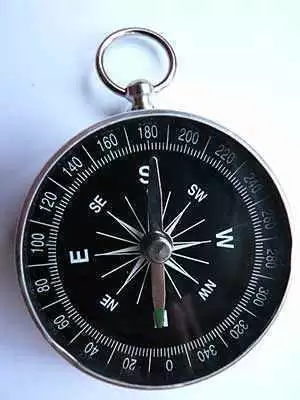
Celiac.com 02/18/2013 - Currently, there are two main diagnostic tools available to would-be celiacs: biopsy and serological (antibody) tests. For the past few decades, biopsy has been the only relatively reliable (and diagnostically accepted) path to diagnosis. The problem is, biopsies are expensive and highly invasive – antibody tests would be a cheap and painless alternative, but they haven't proven themselves to be accurate enough for conclusive diagnosis. However, a recent analysis shows that antibody tests have improved a great deal in recent years and when used to test for multiple antibodies concurrently, they can be almost as effective as biopsies for diagnosing celiac disease.
 The study's facilitators began their restrospective analysis by collecting serum samples from 268 patients at hospitals throughout Switzerland, Germany and Austria. All included patients suffered from celiac-like symptoms and underwent both biopsy and antibody testing within 2 months of serum collection. All included patients were on gluten-containing diets at the time of testing. 149 of the patients were ultimately diagnosed with celiac disease; the other 119 showed normal intestinal mucosa and were considered celiac-free. These patients were the control group.
The study's facilitators began their restrospective analysis by collecting serum samples from 268 patients at hospitals throughout Switzerland, Germany and Austria. All included patients suffered from celiac-like symptoms and underwent both biopsy and antibody testing within 2 months of serum collection. All included patients were on gluten-containing diets at the time of testing. 149 of the patients were ultimately diagnosed with celiac disease; the other 119 showed normal intestinal mucosa and were considered celiac-free. These patients were the control group.
Celiac.com Sponsor (A12):
Usually, potential celiac patients are tested for IgA anti- tTG or EMA. If the test is positive, then diagnosis is then confirmed with biopsy. However, there is still a chance that the test will throw a false positive, meaning many people are put through unnecessary biopsies. The goal of the present study was to develop a method for reducing the number of these unnecessary biopsies.
It was found that when two antibody tests are used, the reliability of the tests increased substantially, weeding out a great many false positives, as well as picking up some false negatives. When three tests were used, the numbers became even more accurate – when used concurrently and all three show a positive result, the IgA anti-dpgli, igG anti-dpgli and IgA anti-tTG achieved an 87% positive likelihood and .01% negative likelihood (compared to a positive likelihood of only 7% and negative likelihood of 0.04% with just the IgA anti-tTG). Using these three tests together, only one test subject came through as a false positive, and only two came through as false negatives (compared to 16 false positives and 5 false negatives with the IgA anti-tTG only). 60 came through with discordant results (meaning at least one of the tests came back negative – in these cases, biopsy is necessary).
When considering that biopsy really only has a real-world diagnostic accuracy rate of about 90%, the three test combination utilized in this study achieves strong enough numbers that biopsies are starting to look unnecessary. Biopsy still might be the surest way of detecting celiac disease, but this study shows that it is not necessary in all cases, and patients seeking celiac diagnosis have a few more tests they can ask their doctors for.
Source:
- Open Original Shared Link







Recommended Comments